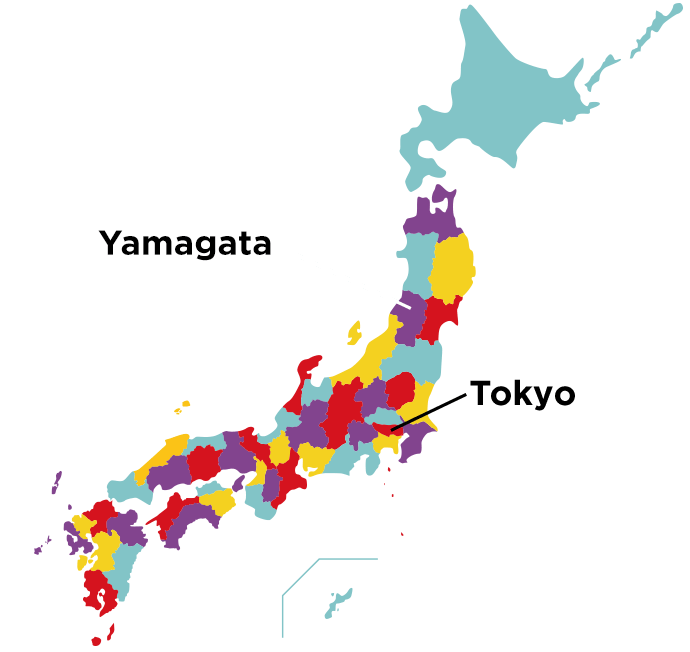Shibuya is well known as the apex of cosmopolitan Tokyo. New skyscrapers are rapidly going up in this ever- popular area in the heart of the city. When the 47-floor Shibuya Scramble Square opened in 2019, named after the world-famous intersection sprawling below, it quickly became one of the most frequented in the metropolis. It’s filled with every type of shop imaginable, including Japanese and international eateries. The skyscraper is home to Shibuya Sky, a facility that includes a uniquely urban observation deck on the roof, named Sky Stage. It provides views of the intersection below, as well as Mt. Fuji on clear days. As the cultural mecca of Tokyo, Shibuya only gets more exhilarating with time.
 Great Views part2
Great Views part2
Tokyo
Shibuya Sky
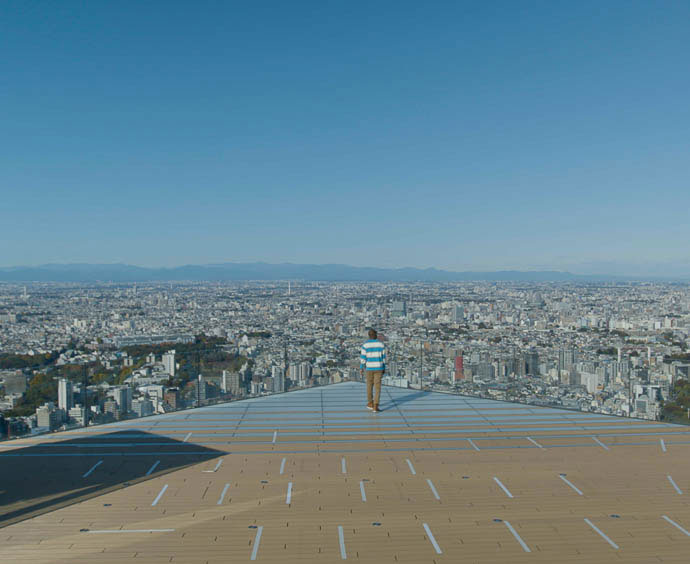
Hotaluna Sumida River Cruise
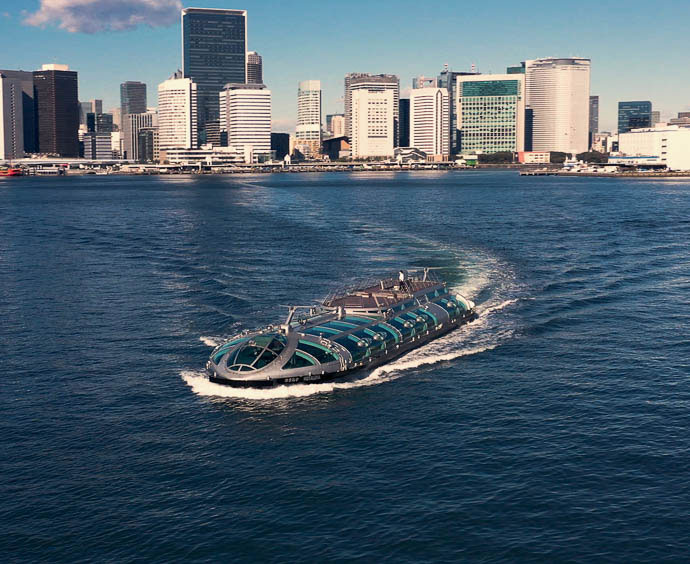
This futuristic ocean vessel was designed by renowned manga artist Leiji Matsumoto. Cruises on the ship depart from Asakusa and take passengers to Hinode Pier or Odaiba Seaside Park, one of Tokyo’s largest and most entertaining shopping complexes. On the way, the Sumida River cruise offers unparalleled views of the city, including the famous Rainbow Bridge and Tokyo Skytree. Departures finish by early evening, and reservations can be made online (one-way for adults is 1,720 yen from Asakusa-Obaida Seaside Park). Fully chartered reservations are also possible in the evening. A cruise on the space voyage-worthy Hotaluna and the accompanying views of metropolitan Tokyo should be high on the list for any visitor to Japan’s capital.
Hama-rikyu Gardens
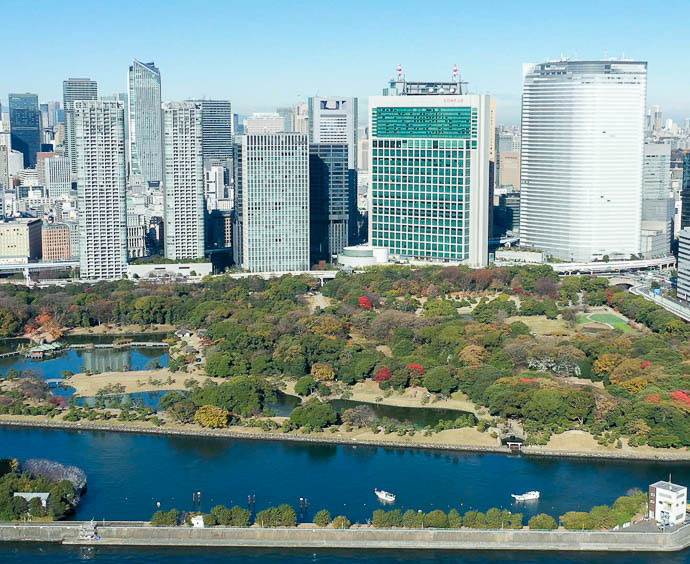
Ultra-urban Tokyo is also home to a number of sprawling, lush gardens of historical significance. The Hama-rikyu Gardens at the mouth of the Sumida River along Tokyo Bay originally opened as a public garden in 1946. Plum and cherry blossom trees fill the garden and blossom throughout the spring months, and Shioiri-no-ike Pond in the center of the garden is connected to the ocean, exemplifying the gardens’ constant state of flux. It serves as an apt metaphor for Tokyo’s ever-changing nature as a port city and Japan’s capital. An island on the pond houses a small teahouse where visitors can enjoy a strong cup of matcha tea in all seasons. Escape Tokyo’s hustle and bustle through a visit to the serene and calming Hama-rikyu Gardens.
Fukui
Heisenji Hakusan Shrine
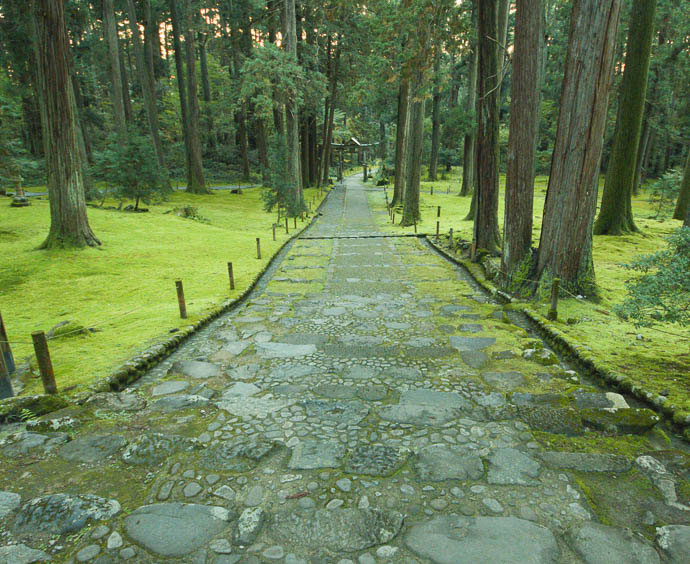
Japan’s shrines and temples offer a deep glimpse into its historical past. This shrine in Fukui Prefecture was established in the year 717 on the western side of the sacred mountain Hakusan. Although originally a Buddhist temple, it was burned to the ground during the Japanese Warring States civil war period in 1574. During the Meiji era separation of Buddhism and Shinto as Japan’s major religions, it was re-established as the shrine that exists today. It’s famous as the “moss temple” for the thick, verdant moss that grows here, and a number of towering, ancient cedar trees also indicate its storied history. Traveling to rural Japan isn’t as convenient as city-hopping, but the adventurous traveler will be rewarded with sights and experiences rich with profound historical allure.
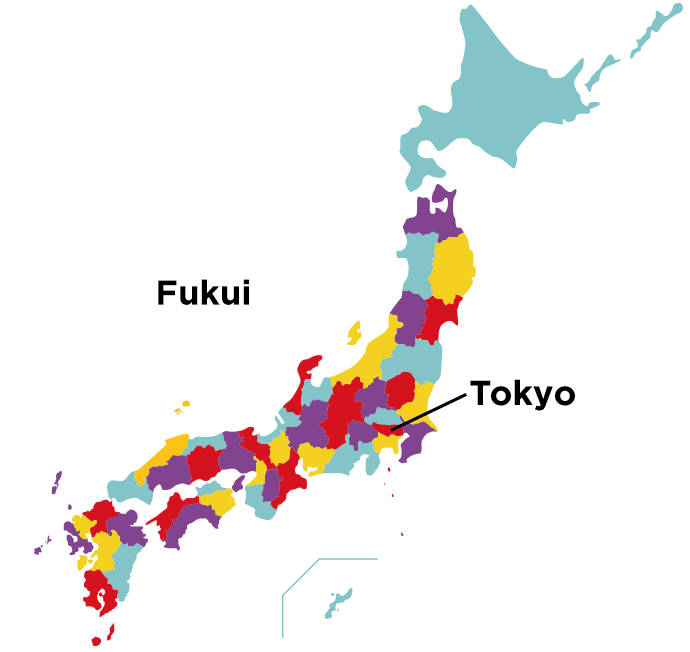
Niigata
Kiyotsu Gorge and Hoshitoge Rice Terraces
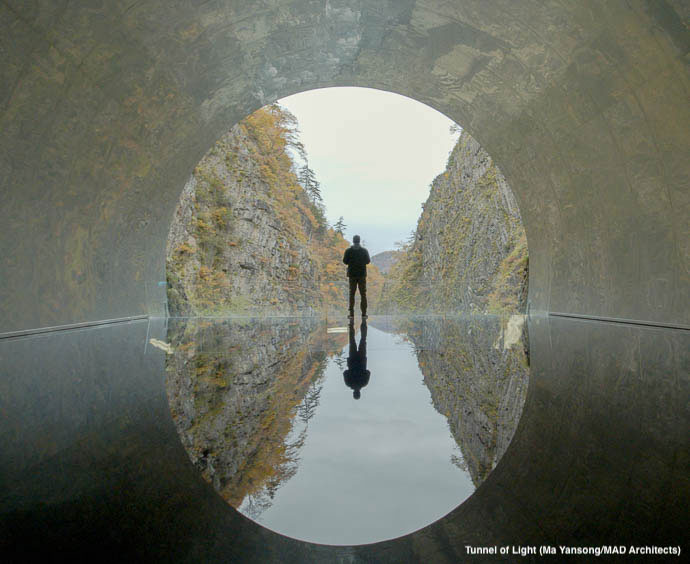
Niigata Prefecture features a wealth of natural beauty, including Kiyotsu Gorge set against a sparkling, clear blue river. The gorge and surrounding area were designated as Joshin’estukogen National Park in 1949, which remains a place of deep academic interest. The gorge’s steep, craggy walls cut a deep V through the mountains, and the MAD Architects “Tunnel of Light” project provides stunning views by day and night. Visit Kiyotsu Gorge for a refreshing escape from urban life, especially during the hot summer months. Rural exploration enthusiasts will also enjoy the Hoshitoge Rice Terraces of Niigata Prefecture. The over 200 separate mountainside rice paddies look like fractal fish scales glittering in the sun, offering a bucolic expanse unlike any other in Japan. This is a highly regarded natural preserve—entering the fields or leaving behind garbage is strictly forbidden. Come to Niigata Prefecture to experience a deeply moving side of historical Japan.
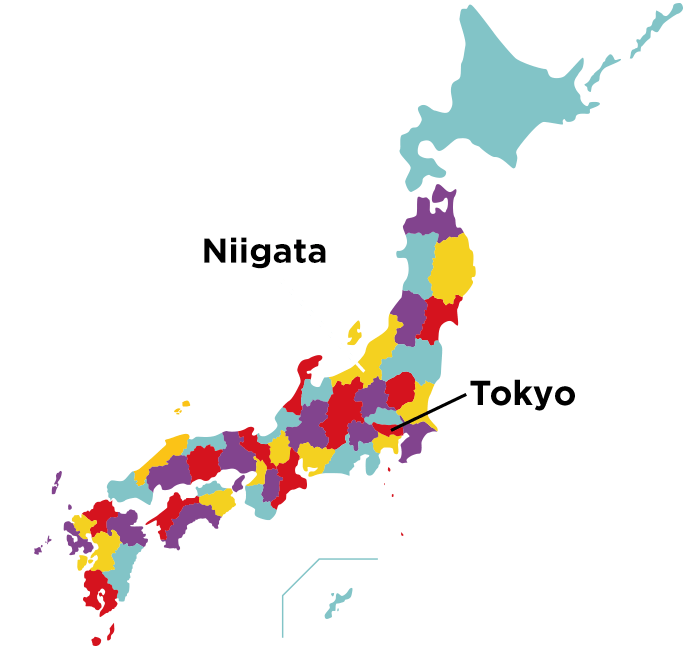
Ishikawa
Kenroku-en Garden
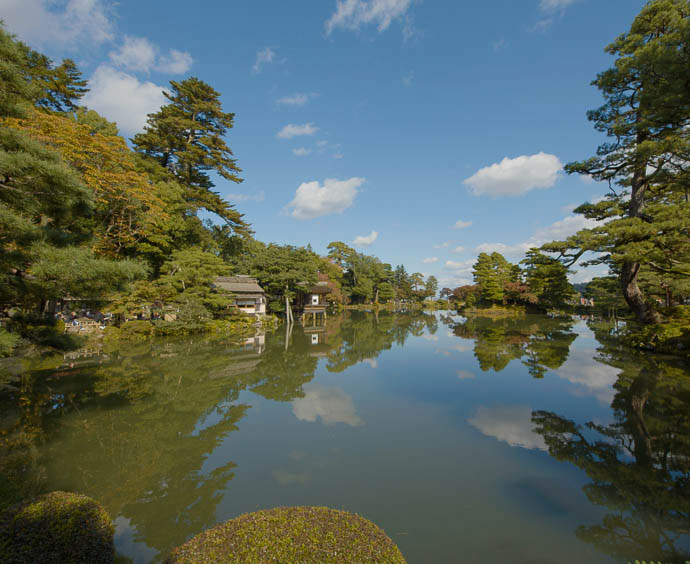
Located in Ishikawa Prefecture, Kanazawa has become a top tourist location in Japan over the years, offering historical allure, superb seafood and rich natural beauty. Kenroku-en Garden covers a vast area in the city center, featuring over 180 species of flora and 8,700 total trees, including plum and cherry blossoms alongside cherry and maple trees. It’s known for the superb beauty it displays in each season, and visitors must pay a 320 yen entry fee to explore the garden. A teahouse on the grounds, originally built in 1774, allows visitors to enjoy a cup of matcha tea while taking in the sublime scenery. Kenroku-en should be high on the list for any visitor to Kanazawa (but don’t forget the sushi!).
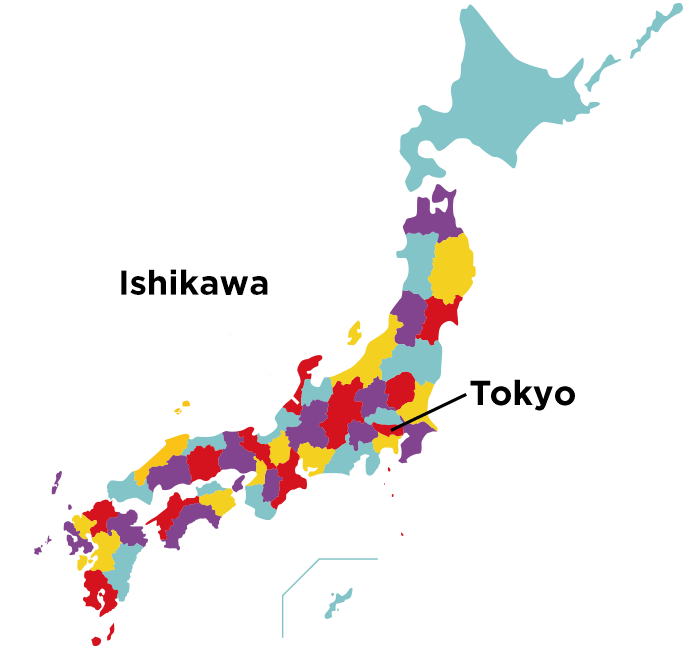
Toyama
Amaharashi Coast Quasi-national Park
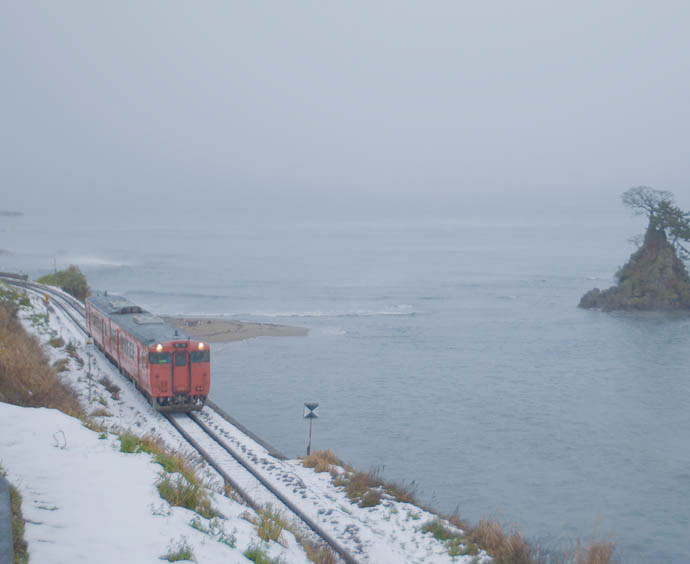
In Japan, mountains and the ocean are never far away. The Amaharashi Coast Quasi-national Park in Toyama Prefecture features both in awe-inspiring fashion, as the Tateyama Mountain Range towers 3,000 meters above the crashing surf of Toyama Bay. The white sands and green pines here have designated the beach as one of the best 100 in Japan, and this coastline and mountainous view was adored by the Manyo poet Otomo No Yakamochi, who penned many verses about it. Today, the beach is accessible via a 5-minute walk from Amaharashi Station (Himi Line) or 15 minutes by car from the Takaoka Interchange on the Noetsu Expressway. The Belles montages et mer train is also a highlight here, known as an “art gallery on rails.” The artistic train features beautiful Inami wood carvings and a sushi chef on board serving fresh offerings from Toyama Bay! Come to Amaharashi for the serene beach, stay for the astonishing mountain view, and discover an untouched side of Japan.
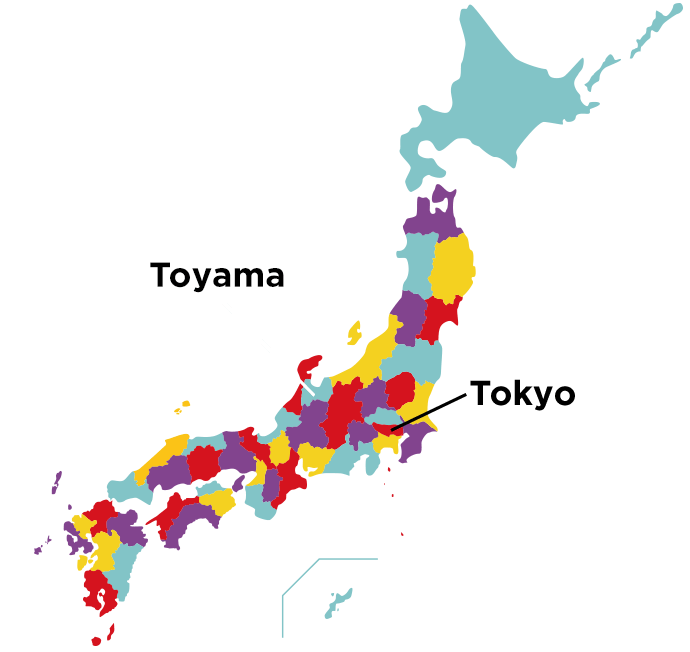
Iwate
Geibikei Gorge River Cruise
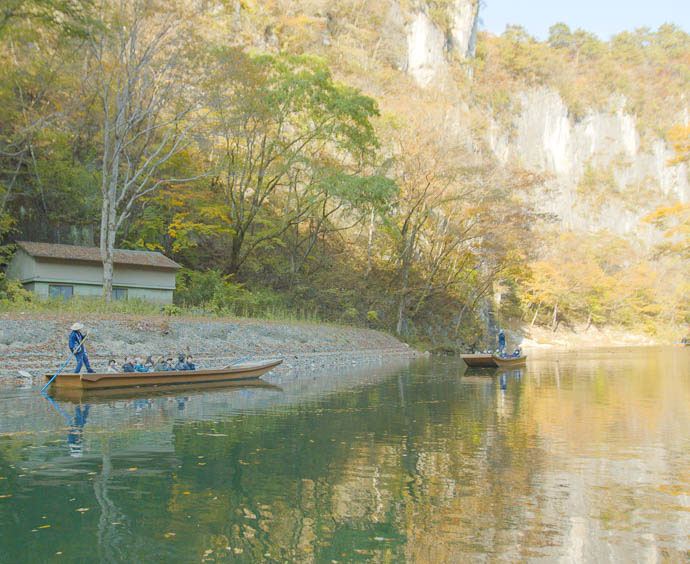
Mountainous Japan offers endless opportunities for outdoor exploration. In Iwate Prefecture, part of Japan’s largely rural, northern Tohoku Region, the Geibikei Gorge is a perfect location for adventurous visitors to explore. The 2km-long gorge carved out by the Satetsu River features cliffs towering up to 100m high on either side. A 90-minute round-trip boat cruise along the clear waters is extremely popular, offering a chance to see a large waterfall after disembarking at a sandbar. The boat operators serenade visitors with traditional river songs, and the cruise is available year-round. In the winter months, covered boats with heaters are deployed, with an option to enjoy soul-warming hot-pot soup, too. Set sail on a scenic cruise on the Geibikei Gorge in rural Japanese paradise.
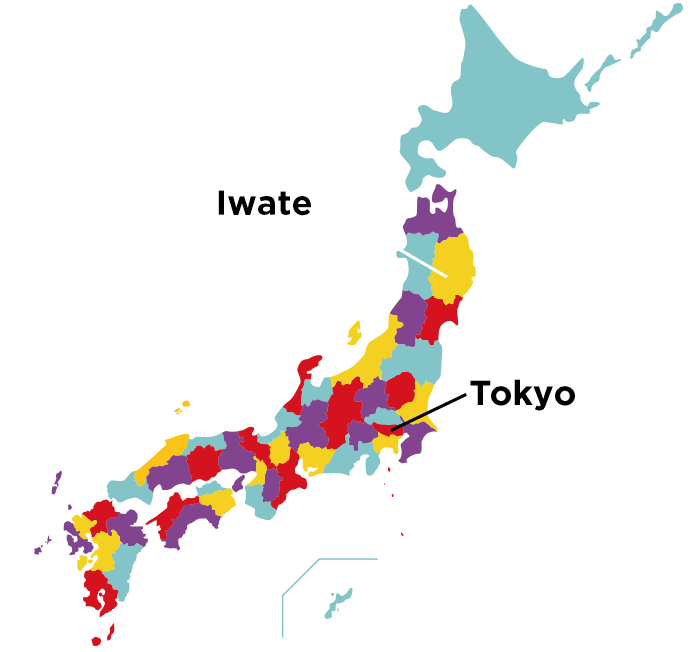
Miyagi
Matsushima Islands
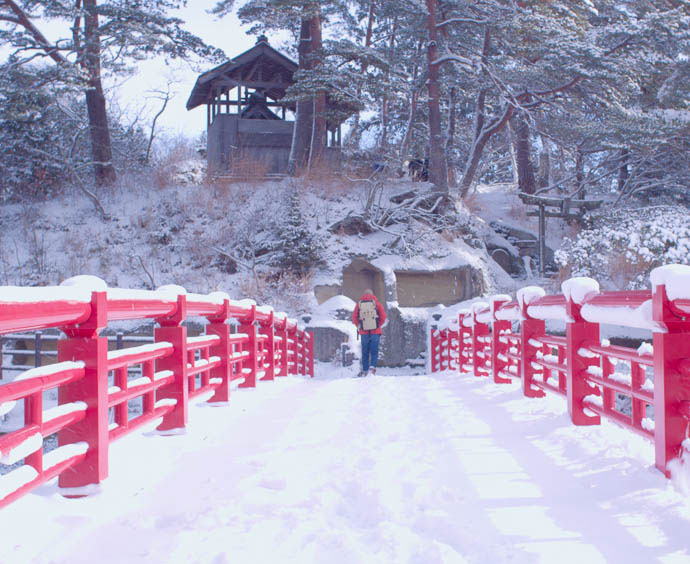
Japan is an island nation comprised of 6,852 islands, although approximately 430 of those are inhabited. In Miyagi Prefecture, a group of over 260 tiny islands covered in pine trees dot the Matsushima Bay, collectively called the Matsushima Islands. The bay has been celebrated as one of Japan’s most scenic views for centuries, and a number of the islands are famous for their weather-worn, unique shapes juxtaposed against the sea. An ocean cruise (1,500 yen for adults) is the best way to take in the area, and boats depart from Matsushima Pier, a short walk from Matsushima Kaigan Station on the JR Senseki Line. Bicycle rental is also available on the mainland side to explore the coast. Come to Miyagi Prefecture for an unforgettable experience that will highlight your trip to Japan.
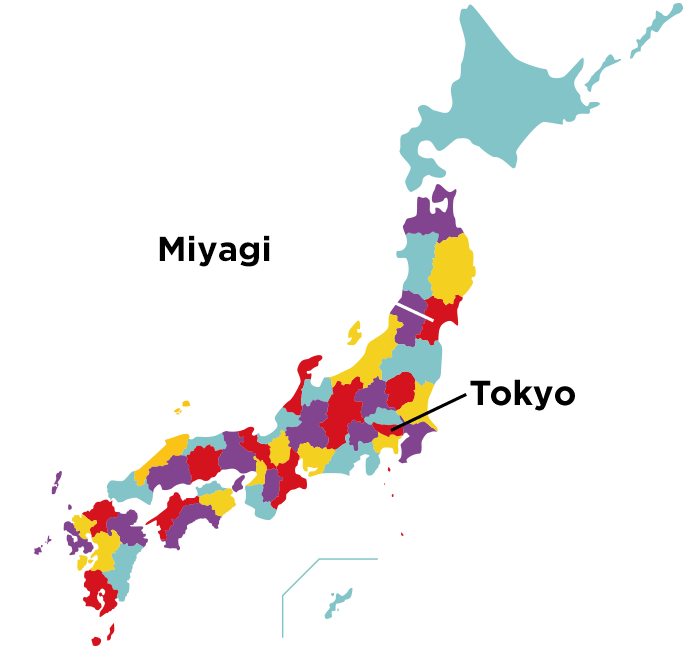
Aomori
Oirase Gorge Ice Falls
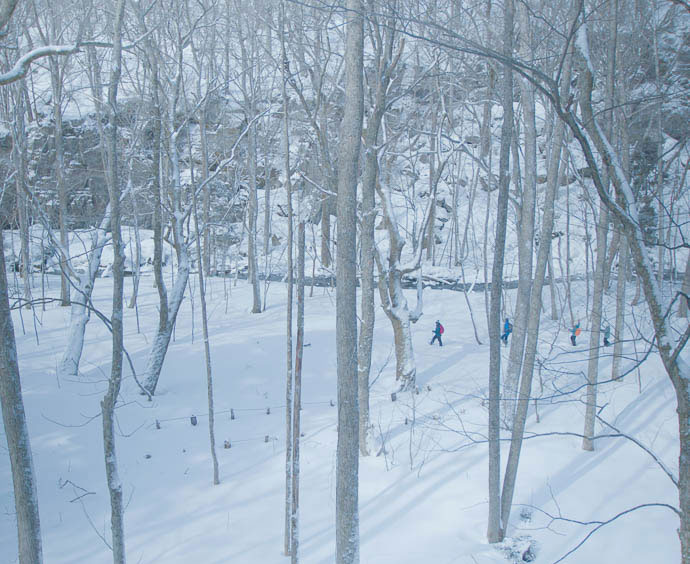
The verdant forest and dramatically shifting flow of Oirase Gorge in Aomori Prefecture is breathtaking in all seasons. However, in winter the gorge offers especially stunning scenery in the form of frozen waterfalls, massive icicles and frozen streams, which are carefully lit with LED lamps to illuminate them without melting the ice. Professionally guided tours (1,080 yen for adults) are available through a local hotel, including instructions on traversing the area on snowshoes, allowing visitors to get a closer view of the flowing water frozen in time. The gorge is also easily accessible by car. Come to Oirase Gorge in Northern Japan’s Aomori prefecture for an unforgettable winter work of art on display in nature.
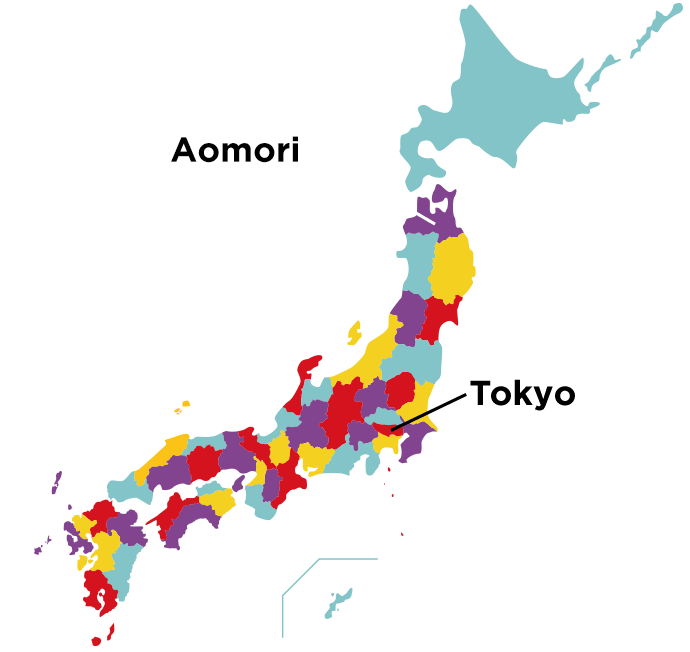
Yamagata
Mount Zao Ropeway View
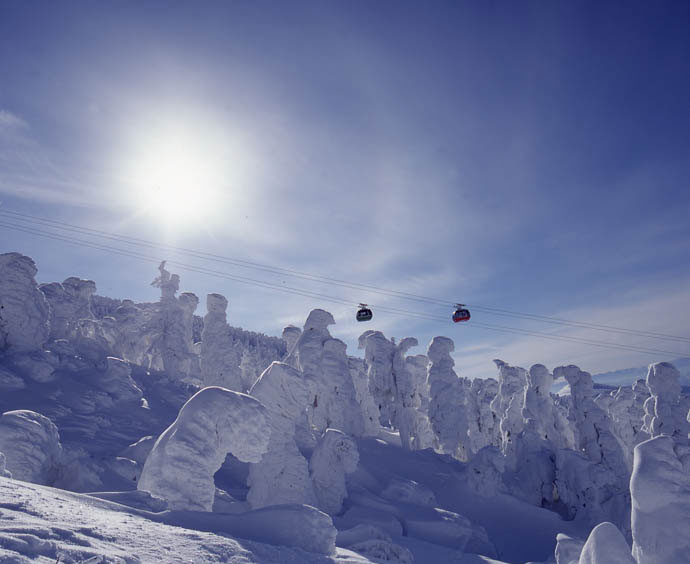
Northern Japan’s Yamagata Prefecture boasts stunning natural beauty. Mount Zao is comprised of a group of stratovolcanoes that are the most active in the northern Tohoku Region. The mountain range is spectacular in all seasons, and the Zao Ropeway allows convenient access to trekking courses and forests for exploration. Summer offers stargazing tours by twilight, while autumn presents a cornucopia of foliage that sets the mountain ablaze with color. The adventurous traveler will also be rewarded on a winter trek here. Near one of its famous ski resorts, strong winds over a nearby lake blow water droplets across trees and their branches, forming horizontal icicles that turn the trees into a magnificent world of “snow monsters” visible from the ropeway. Explore Mount Zao for unforgettable sights in Yamagata at any time of year.
